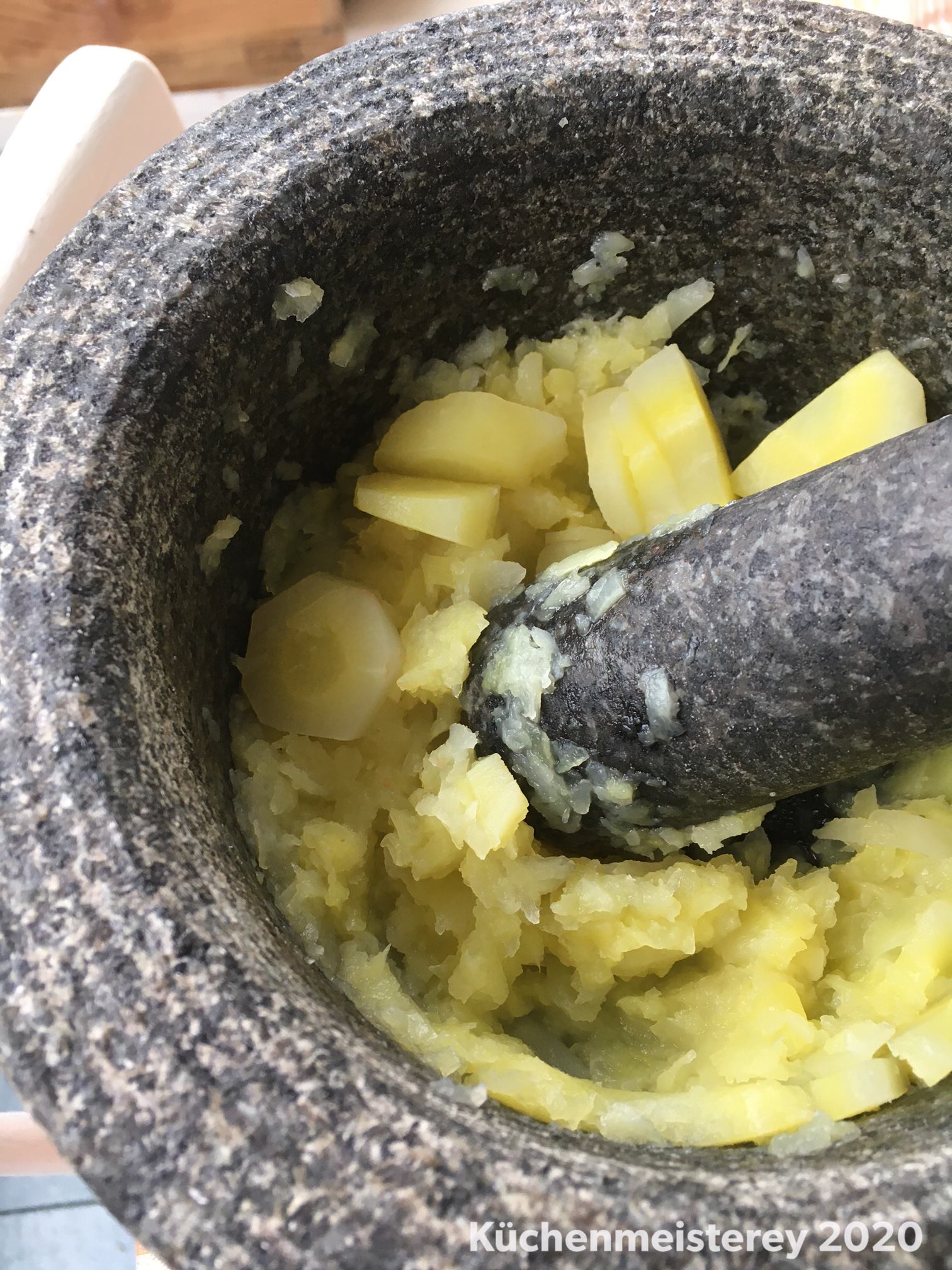
My life-long interest in Medieval history became a hobby in 1998 when I joined a historical society. I’ve been doing and researching medieval cookery ever since. Today, I’m a member of a Finnish living history group Merry Swan (Iloinen Joutsen. You can find me and my group on Instagram (Saara and Iloinen Joutsen).
I’m also interested in archaeobotany and currently studying archaeology and biology at the Helsinki Open University.
I have written a cookbook called Saffron, Eggs and Almond milk – The Medievalist Cook Book with my friends Mervi Pasanen and Nanna Tuovinen. I also write a blog called “Let hem boyle“.
Pastanagat – Carrot purée based on The book of Sent Sovi (mid-14th century)
The book of Sent Sovi is from the middle of the 14th century and it is the oldest culinary text in Catalan. The author is unknown, as is the case with so many other Medieval cookbooks. Only one manuscript has survived to our days, and it is kept in the Biblioteca Històrica, University of Valencia.
Translation from Santanach J.: The Book of Sent Sovi – Medieval recipes from Catalonia, Barcino 2008.:
“ If you want to make carrot purée, take white carrots and set them to cook. When they are cooked, take them out and put them in cold water and peel them. When they are peeled, press them between two plates, as one does for cheese. If you find the heart, take it out. Then, once they are pressed, take a good mortar and grind up. Put them to cook in mutton and salt pork broth, or whatever kind of broth you want, and cook them like squash. When they should be cooked, take almond milk, made with the best broth that you have, and put that in also. Put in cheese, in whole slices or grated. If you want to, you can put in goats’ milk. “
 Ingredients:
Ingredients:
Almond milk:
- 2 dl freshly grated almonds
- 1 dl best clear meat broth available
- 1 dl white wine
- 350 g white carrots
- about 3 dl best clear meat broth available
- 2 dl grated cheese (manchego or other hard white sheep or goat milk cheese)
- cinnamon powder for garnish (optional)
- Make the almond milk first. Boil the meat broth and filter away bits and pieces, if needed, to make the broth as clear as possible. Add the white wine and freshly grated almonds and let the mixture rest.
- Wash the carrots and boil them with their skins in lightly salted water until they are done but not too soft.
- Let the carrots cool down and peel them. Press the carrots gently to get all the cooking liquid out.
- Grind the carrots in a big mortar as fine as possible and put them in a pot.
- Finish the almond milk by pouring the mixture through a fine cloth and discard the solids.
- Add about 3 dl of the best meat broth you have and the almond milk to the carrots. Cook the carrot purée in slow heat for about 15 minutes.
- When the carrot purée is done, add the grated cheese and mix.
- Serve in bowls and garnish with cinnamon powder and grated cheese.
 Comments:
Comments:
This recipe is actually very simple and it gives a lot of options for different redactions. I have been thinking of making this dish since I first planted white carrot seeds in my garden. I was first a bit sceptical about the taste of cheese and carrots together. But the taste blends nicely with the good meat broth and a hint of white wine. The original recipe does not mention the wine, but in my books if you make the best broth possible, there must be a bit of wine in it! Try this as a side dish with roasted meat if you wish.
Carrot is one of the most common and important root vegetables in the Middle Ages. It has a very long cultivation history from a wild vegetable to today’s sweet orange variety. The orange-coloured carrots were probably cultivated first in the Netherlands in the 16th or 17th century. Before that, the colour of the carrots varied from white to yellow, red and purple. The colour is not always mentioned in Medieval written texts but here, in this Book of Sent Sovi recipe, the colour is mentioned. The colour of the food was important to people during Medieval times. Reading the recipe through it felt like this recipe was supposed to look as pale white as possible. This is why I wanted to filter the broth. I didn’t want any herbs or spices to affect the colour of the finished dish.
References:
Santanach J. 2008: The Book of Sent Sovi – Medieval recipes from Catalonia. Pages 140-141. Barcino, Tamesis. Spain

